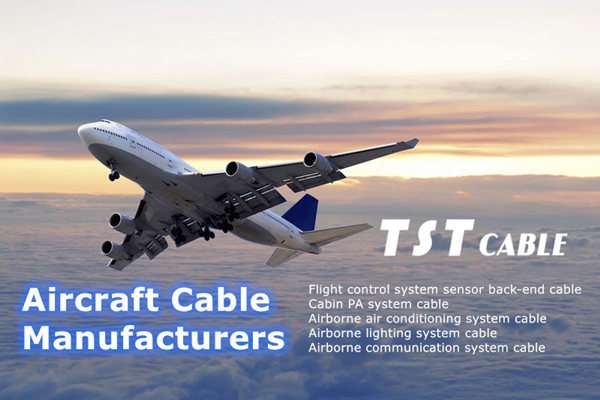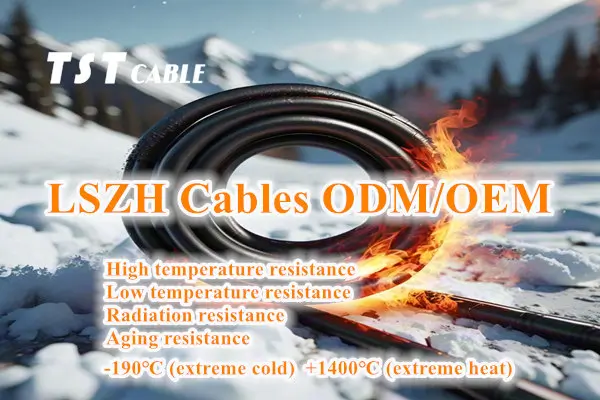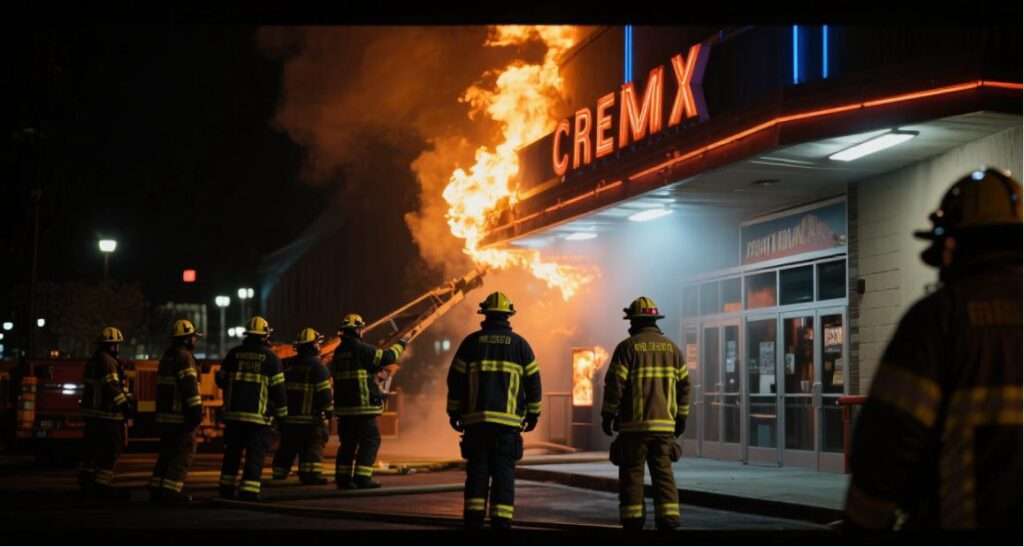Across the vast ocean, massive wind turbines stand tall, like steel giants guarding clean energy. These offshore wind farms are becoming a key force in China’s pursuit of its dual carbon goals. But you may not know that within these turbines, from the tower to the nacelle, from the converter to the control cabinet, TST CABLE low-smoke, zero-halogen (LSZH) flame-retardant cables are extensively used. This is not only a safety requirement, but also a “hardcore choice” for handling extreme environments.
Why can’t ordinary cables withstand the harsh offshore environment?
How harsh is the working environment at coastal wind farms?
High humidity, high salt spray, strong ultraviolet rays, typhoons and heavy rain, and large temperature swings pose a “fatal test” to cables. Prolonged exposure to these conditions can cause the outer sheath of traditional PVC cables to age, crack, and corrode, leading to leakage at best and short circuits and fires at worst.
Even more frightening is that if an electrical fire occurs inside a wind turbine, burning cables release large amounts of toxic black smoke and corrosive gases (such as hydrogen chloride). This will not only spread the fire rapidly, but can also:
poison operations and maintenance personnel, hindering escape;
corrode precision control systems, paralyzing the wind turbine;
and increase the difficulty and cost of post-disaster repairs.
The narrow interior of a wind turbine, located far from land, makes rescue operations difficult—every minute matters for equipment and lives.
The Four Superpowers of TST CABLE Low-Smoke Zero-Halogen Cables
For this reason, TST CABLE low-smoke zero-halogen (LSZH) cables have become the “standard” for coastal wind power generation, as they are designed for these extreme scenarios:
- Flame-retardant and self-extinguishing, preventing fire from spreading. TST CABLE LSZH cables are flame-retardant and quickly self-extinguish when exposed to fire, effectively preventing sustained combustion and effectively controlling the fire.
- Low-smoke, halogen-free, and non-toxic, a lifesaver
Emitting extremely low smoke concentrations during combustion and releasing no toxic halogen gases, this ensures safe escape routes for personnel in emergencies.
- Corrosion-resistant and salt-spray-resistant
Using special halogen-free materials, it withstands the corrosive effects of high-salt marine air, extending its service life and reducing maintenance requirements.
- Environmentally friendly and safe, complying with international standards
It meets international standards such as IEC 60754 and IEC 61034, and also complies with the stringent environmental and fire protection requirements of domestic offshore wind power projects.
Real Case Study: From “Reactive Modification” to “Proactive Standardization”
Guangdong Yangjiang Offshore Wind Power Project: TST CABLE WDZ low-smoke, halogen-free cables were fully adopted from the initial construction stage. The project leader stated, “Maritime rescues are incredibly difficult, and we must minimize the risks. Although TST CABLE LSZH cables are slightly more expensive than ordinary cables, they significantly reduce the risk of fire casualties—it’s well worth it!”
A wind farm in Fujian Province once suffered a fire caused by ordinary cables, resulting in the loss of an entire wind turbine. Following the incident, the entire wind farm underwent a cable upgrade, replacing all cables with TST CABLE low-smoke, zero-halogen cables and sealing modules, which were incorporated into their operation and maintenance standards.
European offshore wind giant Orsted mandates the use of LSZH cables in its global projects, calling them the “lifeline of offshore energy infrastructure.”
Industry Trend: Green Energy, but More Importantly, Green Safety
As China’s 14th Five-Year Plan promotes large-scale offshore wind power development, safety standards are also being upgraded. The National Energy Administration, the Maritime Safety Administration, and fire departments are jointly promoting the use of environmentally friendly flame-retardant materials in high-risk locations. Low-smoke, zero-halogen cables have become a mandatory requirement for new offshore wind power projects.
Coastal wind farms choose TST CABLE low-smoke, zero-halogen cables not only for compliance but also as a way of protecting lives, equipment, and the environment. In the vast ocean, far from land, a tiny cable may be the last line of defense when disaster strikes.
It’s inconspicuous, yet crucial—because true safety is never about “just in case,” but about “absolute certainty.”
Also available in:
English





